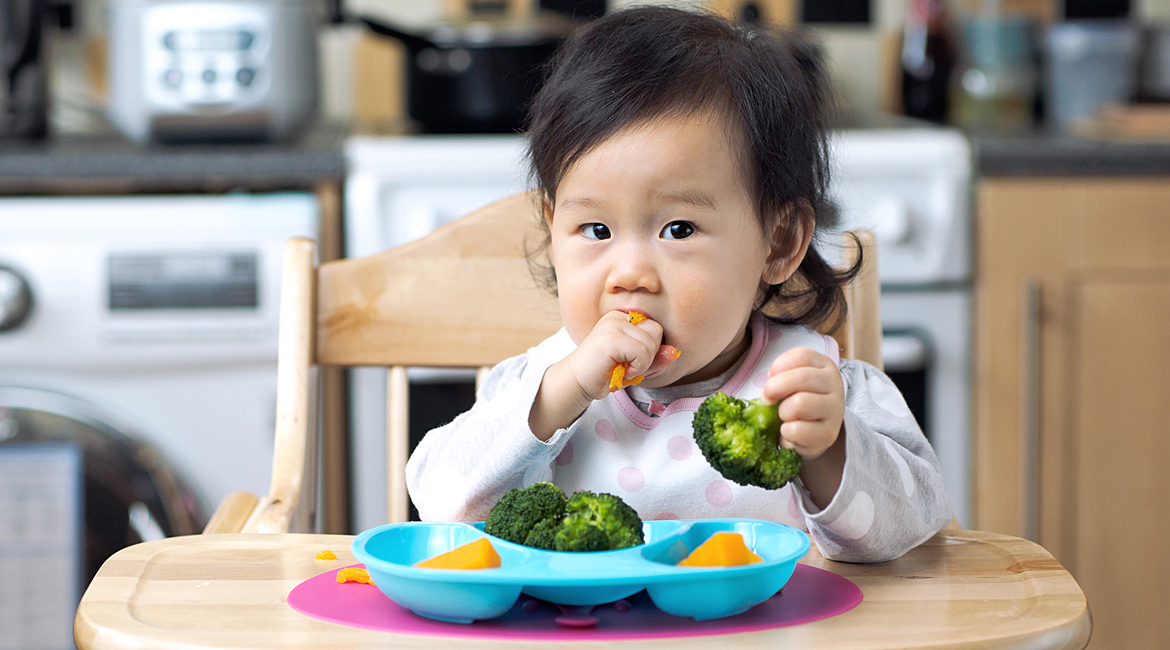Just like little bear cubs, your tiny humans are coming out of hibernation and awakening to the first signs of spring. If your kiddos are anything like mine, it’s safe to say they’ve probably spent the last few months inside playing video games and eating everything in sight. If they have, it’s okay. In fact, it’s pretty natural to put on some extra hibernation pounds during the winter months. The ebb and flow of the seasonal cycles help tell our bodies what we need to do and when. If we listen to the signs, we know just when to rest and just when we need to give our nutrition a thorough spring cleaning. Since your little one is about to head out of cover and onto the field for everything from soccer practice, to baseball games to field day at school, let’s take a closer look at the best way to bring their nutrition alive in the warmer months.
You Are What You Eat
Though you always tell your kids to make healthy choices, there are just some months when a kid will just be a kid, unhealthy food choices and all. Help them to make healthy choices as spring and summer approach by understanding the things they should be eating and then making sure they have access to those healthy foods on a daily basis. While a child’s diet can benefit from the same things as an adult diet, they still have special requirements and restrictions. In conjunction with Michelle Obama’s initiative, the United States Department of Agriculture has a new “Choose My Plate” campaign that helps show the correct balance between fruits and vegetables, whole grains and red meat.[1] It’s kind-of like the food pyramid but updated for our newest generations and literally a visual of a plate.
So what should you be looking for in a healthy spring diet? First, you should pack on the vegetables. Nearly half of your plate should come from fresh or cooked vegetables and the other half of the plate should be divided between protein and whole grains. Think veggies for snacks as well. And when it comes to choosing veggies, eat the rainbow. The more colors you have on your plate, the better! Stocking up on healthy fruits, beans, nuts and fish can make it easier for the whole family to stay healthy and in shape. It’s also super important to make sure that kiddos are eating enough to sustain their amount of activity over the course of a day. According to Harvard Medical School, a child’s brain is developing at a rapid rate and thus requires breakfast fuel to make the most progress at school.[2] Don’t let those babies leave the house with an empty belly. And make sure to provide them plenty of water to drink throughout the day. Staying hydrated is one of the best ways to help increase your kid’s energy level. Try to limit fruit juice when possible since it is packed with added sugars. And avoid sugar-packed sodas altogether.

Farm to Table Fresh
Looking for organic options by going to the Farmer’s Market or participating is a local farm swap is a great way to ensure you’re getting food that’s fresh and not treated with any dangerous chemicals. Organic food choices are now much more widely spread and available at almost all grocery stores. Familiarize yourself with the list of the “Dirty Dozen” fruits and vegetables (ones that you might want to buy organic), though recent research is still underway to seek if there is a notable difference in organic vs. regular produce.[3] You will also want to learn how to make a DIY veggie wash that is vinegar-based and helps remove pesticides from your favorite fruits and veggies.
Battling A Picky Eater
Though it all sounds great – offer healthy choices and reap a healthy babe – what do you do if you have a picky eater that just won’t eat fruits and veggies consistently? You’ll want to do what any good mama would do – sneak them in! Whenever you can, add squash to your child’s mac and cheese, put veggies in their hamburger meat or switch out their chicken nuggets for veggie nuggets and hope they don’t notice. Try to educate them about the importance of staying healthy and making good food choices, like swapping fries for asparagus and what that does for their body. Offer plenty of choices for them to try. You just never know which kid might fall in love with the kiwi! Also, model good food choices for them so they can see you making healthy choices for your own self and eventually, they’ll get the hang of it and start incorporating healthy choices at their own pace. Be patient and consistent.
Combine Nutrition and Movement
Now that the sun is out, there’s no better time than to get your children moving each day. Being outside helps them learn to use their body in fun and different ways, they also burn an endless amount of calories and explore the unending possibilities of their imagination and all the places that can take them. They might play so much, in fact, that you’ll be amazed at just how much broccoli they actually can put away. If you’ve got a little one that seems to gravitate towards the couch even on pretty days, it’s your job to set the example by getting outside with them. Take the family to the park or go on a tandem bike ride. Experience the great outdoors by camping or taking a hike. Blending what you eat with how you move is the key to a happy and healthy life. Plus, the vitamin D they’ll soak in, will boast big benefits for their bone development and overall mood.[4]
Now that you know the basics of healthy nutrition, go get your after-winter fitness started right away! Happy Spring Eating!
Sources:
[1] United States Department of Agriculture, choosemyplate.gov link
[2] Harvard Medical School. “Nutrition For Children.” link
[3] Winter, C. and Katz, J. The Journal of Toxicology. “Dietary Exposure to Pesticide Residues from Commodities Alleged to Contain the Highest Contamination Levels.” link
[4] Medical Research Council Human Nutrition Research, Cambridge, UKEuropean Journal of Clinical Nutrition. “Vitamin D: seasonal and regional differences in preschool children in Great Britain.” link
About the Author:
Tracy E. Brown is a journalist and educator with over 14 years of experience working in the field of Child Development. She is currently the Assistant Editor of Black Dress/Red Wagon Magazine in Atlanta, Ga. and previous Associate Editor at Pregnancy & Newborn Magazine. She previously taught preschool at the Goddard School in Farragut, Tennessee and taught Kindergarten for Dekalb County Schools in Atlanta. Other writing credits include the Green Building Research Institute, London’s facetheory.com, WBIR Channel 10 News, PBS, Duke University and American Airlines. She is also a mom to three adorable little ones.




